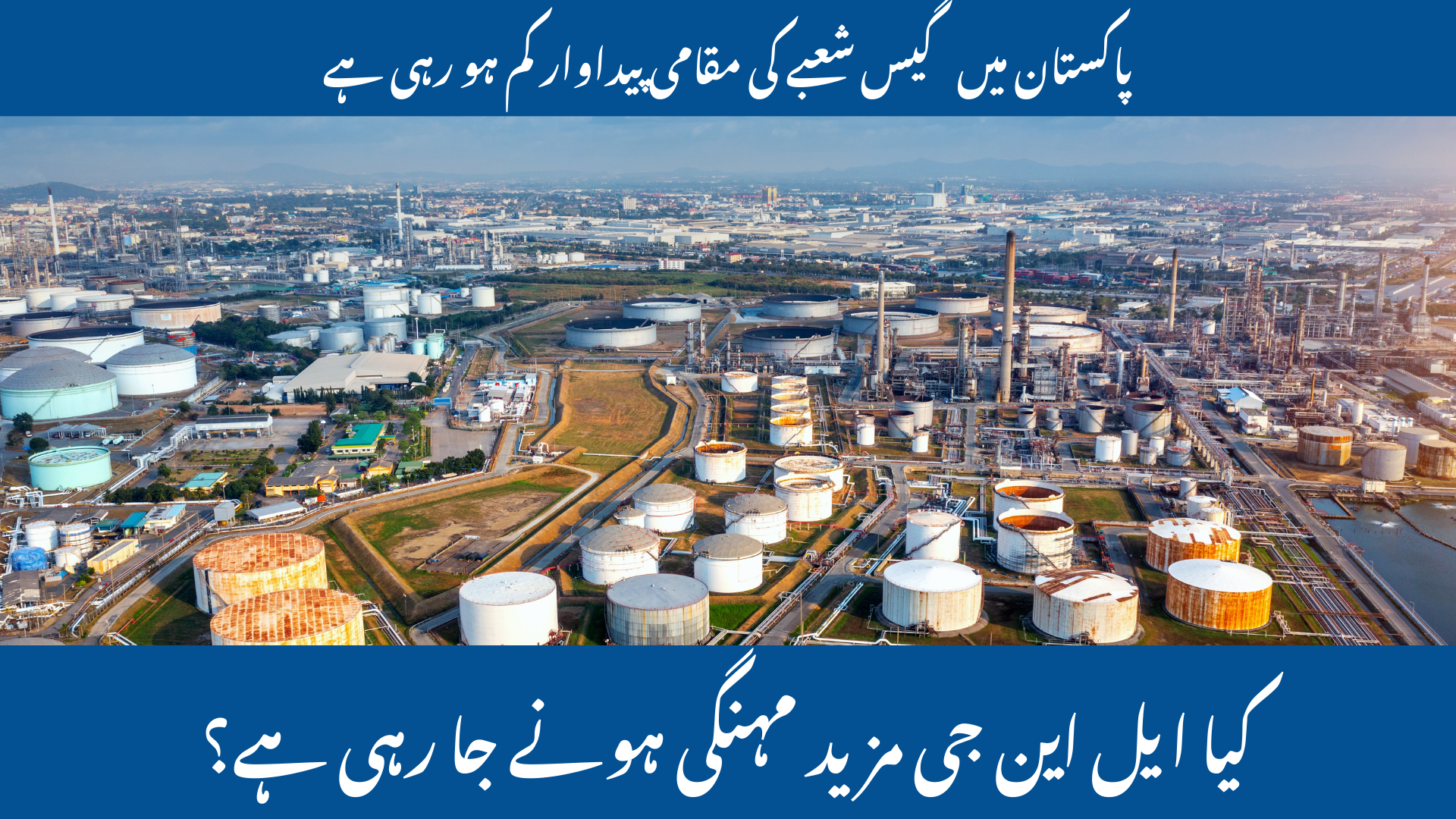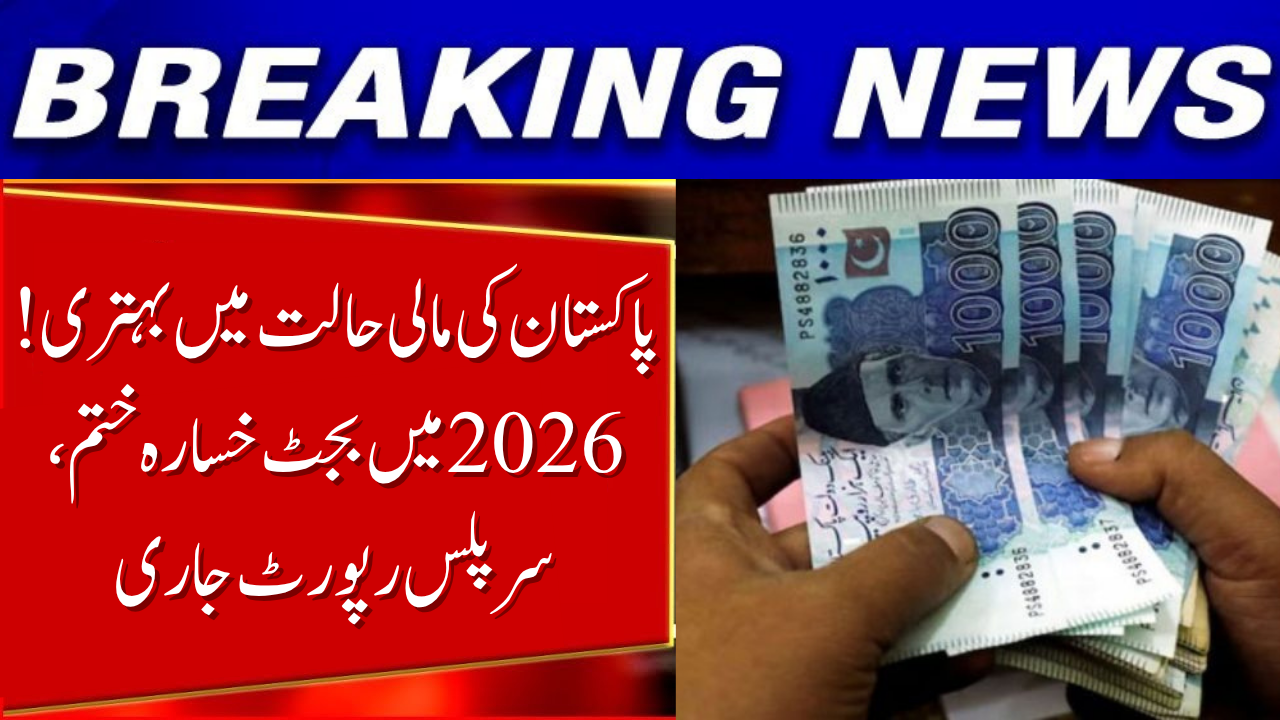The Oil and Gas Regulatory Authority (OGRA) has announced a significant revision in the RLNG (Regasified Liquefied Natural Gas) tariff for the month of September 2025. This marks the second consecutive month of price hikes, as OGRA increases LNG prices by up to 2.63%. The decision affects both Sui Northern and Sui Southern Gas systems, which are the major distribution networks in Pakistan. This increase comes in response to various global and local factors influencing the LNG market.
Why the OGRA LNG Price Hike is Happening
OGRA has confirmed that the price of LNG will rise by $0.28 per MMBTU (Million British Thermal Units), which translates into a 2.63% increase for September. This change has been applied to the major gas distribution networks, namely the Sui Northern Gas Pipelines Limited (SNGPL) and the Sui Southern Gas Company (SSGC).
The New LNG Prices
- Sui Northern Gas Pipelines Limited (SNGPL): The new price is set at $12.01 per MMBTU, up from the previous rate.
- Sui Southern Gas Company (SSGC): The new price is $11.01 per MMBTU, reflecting a similar increase.
These revised prices are expected to impact consumers in both domestic and commercial sectors, particularly as the winter season approaches when the demand for natural gas typically surges.
Impact of the Price Hike
The impact of this price hike will be widespread, affecting industries, businesses, and households. Since industrial and commercial sectors are major consumers of LNG, many energy-intensive industries will experience a rise in operational costs. These increased costs may, in turn, lead to higher prices for goods and services, ultimately affecting consumers.
For households, the consequences of this price increase will become evident in their monthly gas bills. The rise in LNG prices could result in higher heating and cooking costs during the colder months. This adds further pressure on household budgets, especially for families relying on subsidized rates for natural gas consumption.
Moreover, the price hike could influence the government’s energy subsidy plans. As the cost of LNG rises, the government may face challenges in keeping energy prices affordable for lower-income groups. This could also prompt adjustments in the country’s energy policies and pricing strategies for LNG imports.
A Continued Trend in LNG Price Increases
The September 2025 price hike is not an isolated event. OGRA had already increased LNG prices in August 2025 by 1.46%, adding $0.15 per MMBTU to the previous price. In August, the price for the Sui Southern network was set at $10.73 per MMBTU, which now stands at $11.01 following the latest revision.
This trend of rising LNG prices reflects the global volatility in energy markets and is likely to continue unless market conditions stabilize. The constant upward revisions in LNG prices reflect ongoing challenges in the international energy markets, supply chain disruptions, and fluctuating exchange rates.
Factors Influencing LNG Price Increases
Several global and local factors are contributing to the rise in LNG prices in Pakistan:
- Global LNG Price Fluctuations: The global LNG market has seen price fluctuations due to geopolitical factors, demand shifts, and natural disasters affecting production. Rising international LNG prices directly influence local tariff rates in Pakistan.
- Increased Import and Shipping Costs: Pakistan’s reliance on LNG imports means that any increases in international shipping costs or transportation fees are passed on to the consumers in the form of higher gas prices.
- Exchange Rate Variations: The exchange rate between the Pakistani Rupee and the US Dollar has a significant impact on LNG prices. Any depreciation of the Rupee results in higher import costs, further pushing up LNG tariffs.
- Supply Chain Disruptions: Global energy supply chains continue to experience disruptions, which contribute to shortages in LNG supply, leading to price hikes as demand exceeds supply.
OGRA continuously reviews the pricing structure of LNG every month, considering all of these factors before implementing any changes to the tariffs.
Comparing the New LNG Price with Previous Increases
To better understand the effect of the September increase, let’s compare the current rates with the August 2025 prices:
| Month | Sui Northern Gas Price (MMBTU) | Sui Southern Gas Price (MMBTU) |
|---|---|---|
| August 2025 | $11.73 | $10.73 |
| September 2025 | $12.01 | $11.01 |
| Price Change | +$0.28 (2.63%) | +$0.28 (2.63%) |
The rise in prices is incremental, but when compounded over time, it could lead to significant financial strain on both businesses and households, especially those that rely on LNG as a primary energy source.
Future Outlook: What to Expect
While the immediate consequences of the LNG price increase are evident, it is important to consider the future outlook for LNG prices in Pakistan. Given the volatile nature of global energy markets, it is likely that OGRA will continue to revise LNG prices on a monthly basis to reflect market conditions.
The government may also consider implementing measures to mitigate the impact on lower-income households, including subsidies or more targeted relief packages. However, as the global energy market remains unpredictable, consumers should prepare for the possibility of further price increases in the coming months.
In conclusion, the price hike in LNG for September 2025 serves as a reminder of the challenges faced by Pakistan in managing its energy resources. Consumers, industries, and policymakers must adapt to these rising costs, and discussions around energy efficiency, alternative energy sources, and energy pricing will continue to be important in the months ahead.
Conclusion
The recent revision of the RLNG tariff by OGRA for September 2025 represents a continuing trend of price hikes in Pakistan’s energy sector. With global and local factors driving the price increase, consumers can expect higher energy bills, especially in industries and households that rely heavily on LNG. The government and regulatory bodies will need to keep a close eye on these price trends and implement policies to mitigate their impact on the economy and daily life. The future of Pakistan’s LNG pricing remains uncertain, but it is clear that energy prices will continue to be a focal point for both the government and the public.













